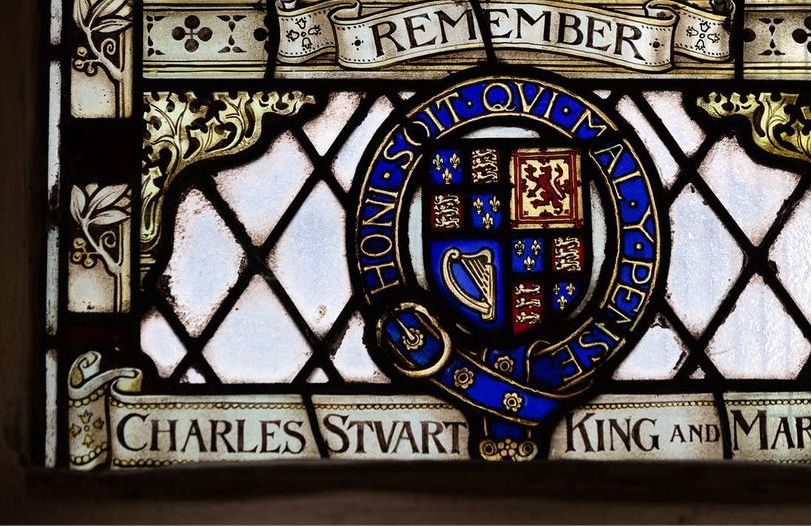What are they and why are they important?
The Royal Arms we see today have evolved over nine centuries, since Richard the Lionheart chose three lions to represent England: a symbol of strength and ferocity which would have immediately identified him in the midst of battle. The shield, crest, helm and mantling, which are all important elements of the Arms, also originated from Royal Arms in the stained glass at Kings College, Cambridge UniversityMedieval armour.The Royal Arms were also used to symbolise the King’s authority and, after Henry VIII became Supreme Head of the Church of England in 1534, they began to appear in churches, representing the connection between the monarch and the church.
Now they represent the Sovereignty of the Queen, which is why they appear on the front of passports, official forms, police stations and Court Houses. They also illustrate the history of the United Kingdom…
By following the timeline of the Royal Arms, we can journey through the artistic changes from Stuart exuberance, through Georgian dignity to Victorian realism; and the political and territorial history from Edward III’s claim to the French throne, to the formation of the United Kingdom with the unions with Scotland and Ireland.
The Timeline:

